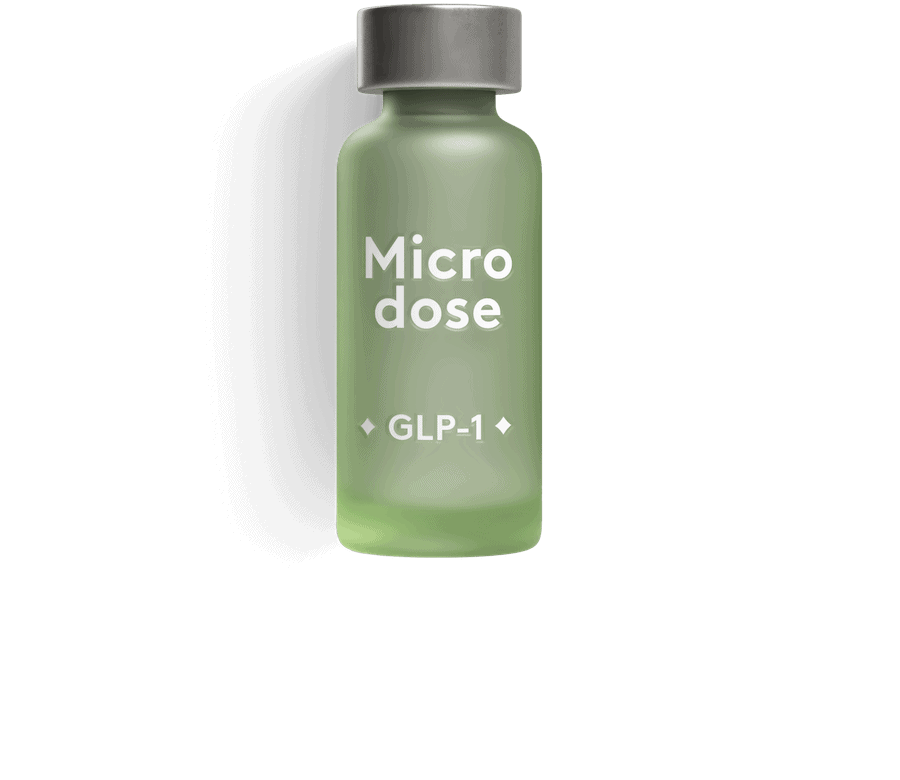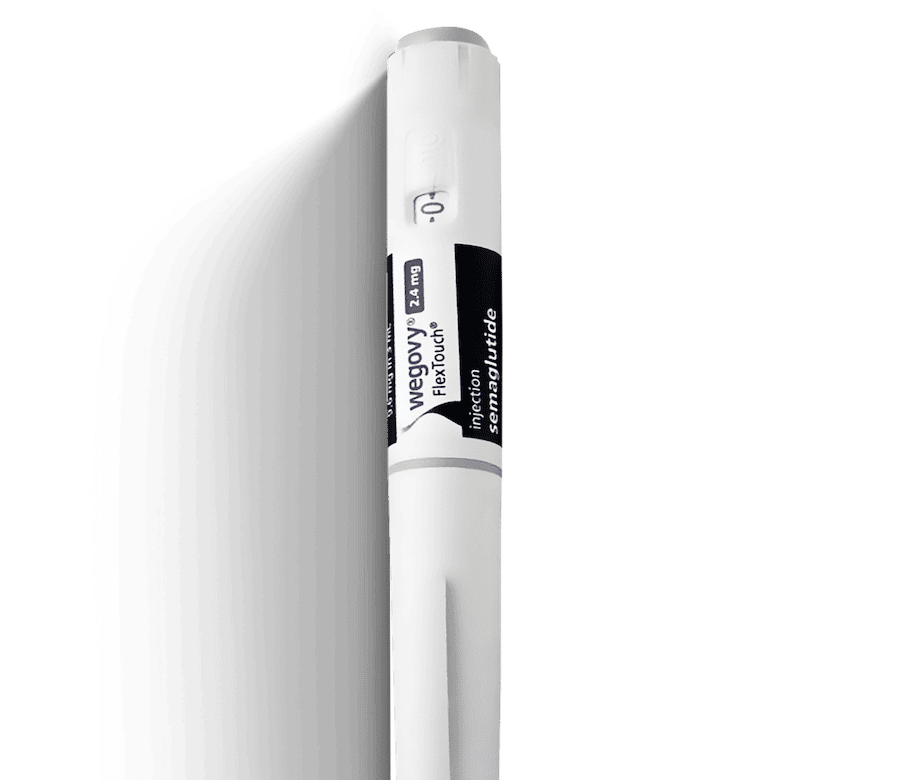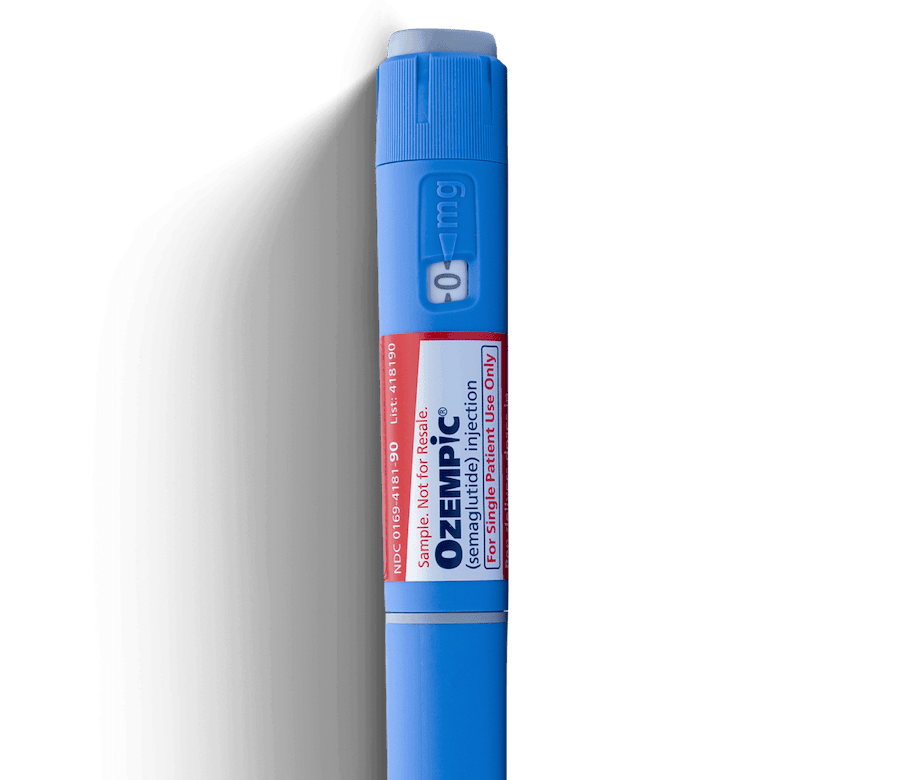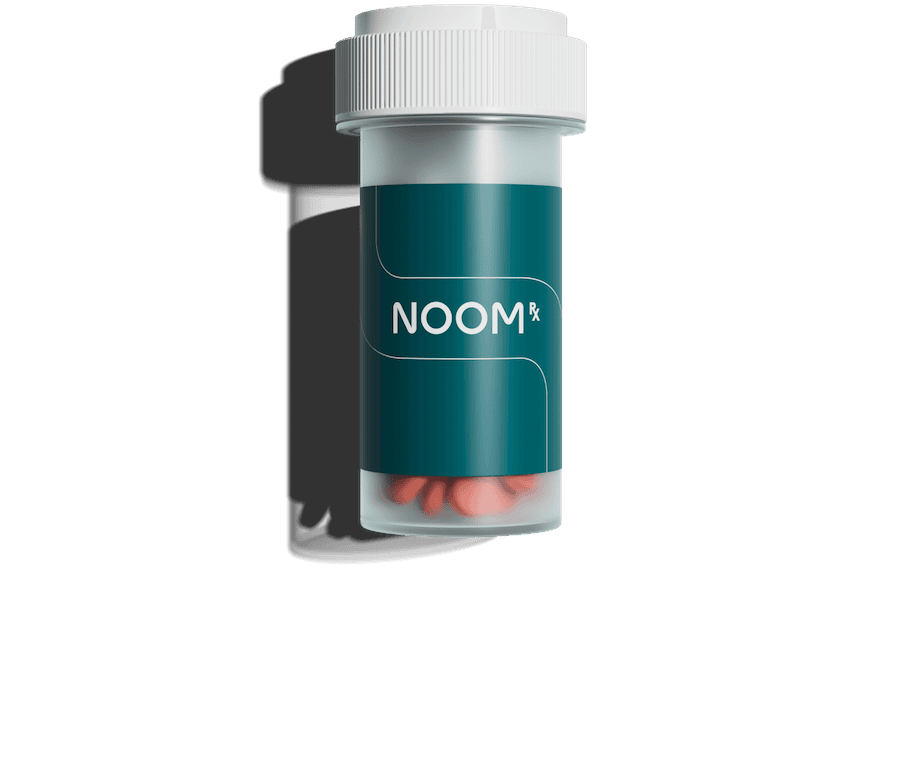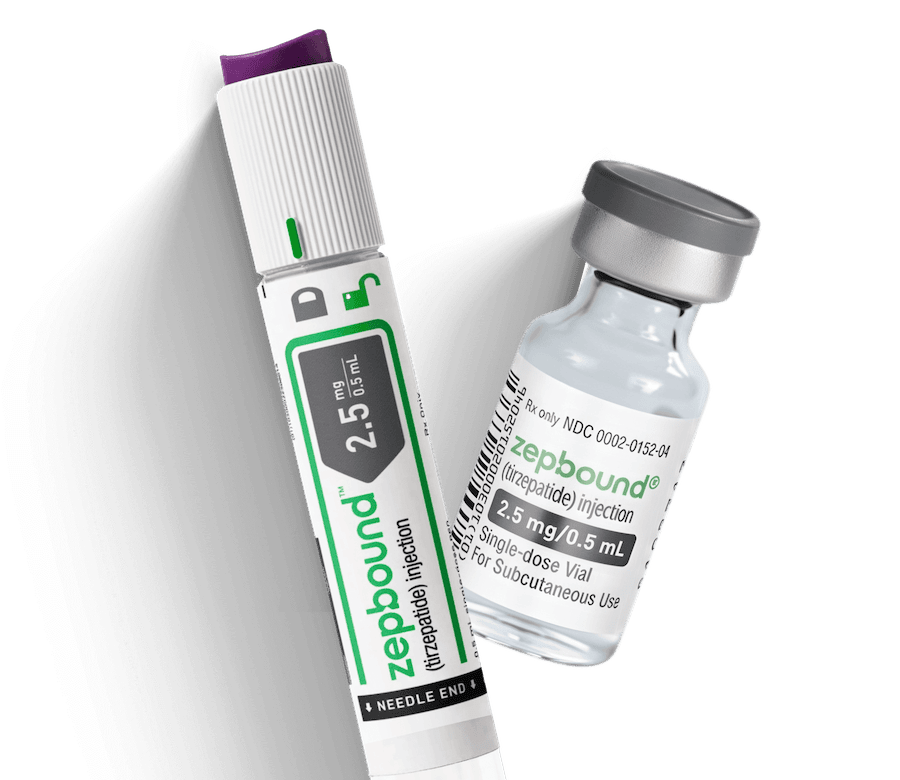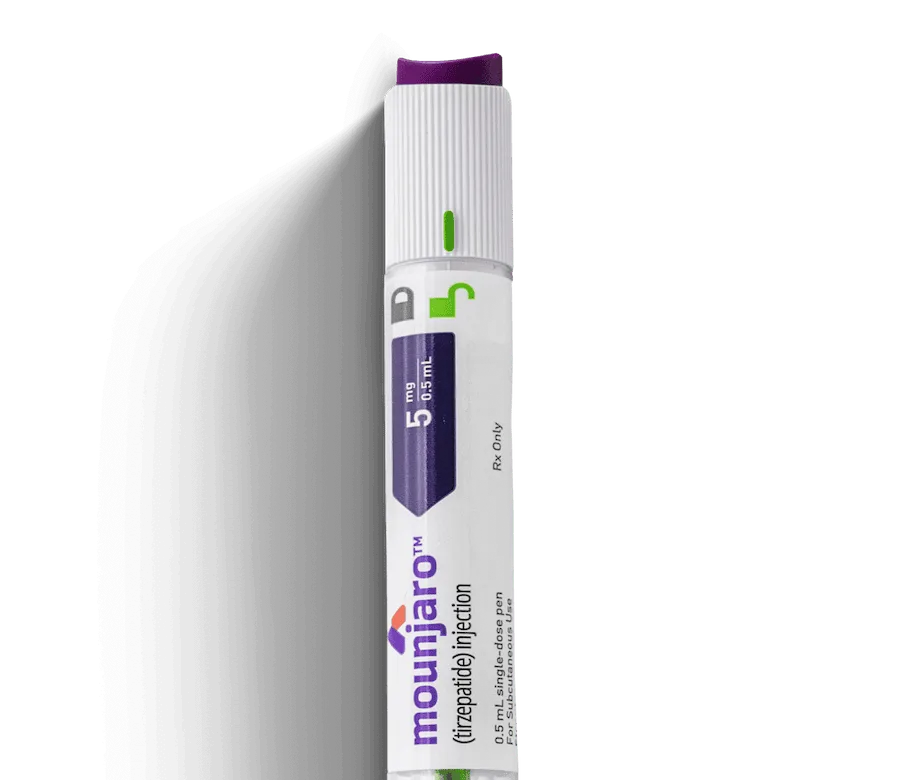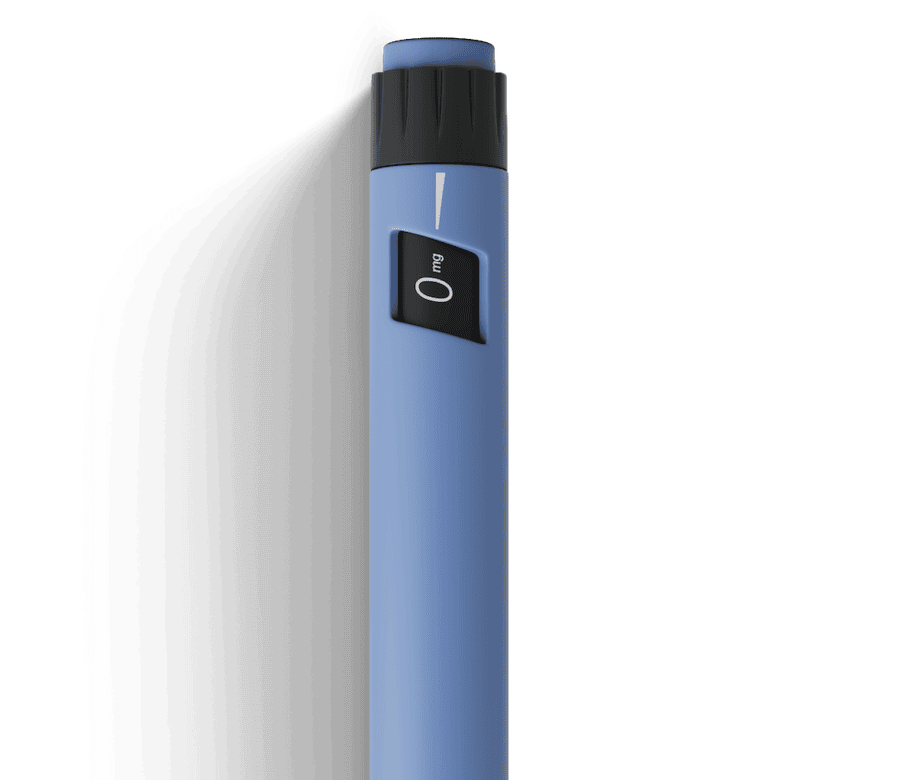- What is Farxiga?
- How much weight can I lose with Farxiga®?
- What affects the cost of Farxiga®?
- How much does Farxiga® cost without insurance?
- When does insurance cover Farxiga®?
- Tips to reduce the cost of Farxiga®
- Can you get Farxiga® for free with insurance?
- Farxiga®: Side effects and safety warnings
- Weight loss medications: Alternatives to Farxiga®
What you’ll learn:
- Farxiga® is a medication that is FDA-approved for type 2 diabetes, but can be prescribed off-label for weight loss
- The cost of Farxiga® per month can range from $550 to $650 without insurance.
- A generic version of dapagliflozin is available in the U.S., but prices vary, and it isn’t always cheaper than the branded version.
Farxiga® is a medication that is FDA-approved to help treat type 2 diabetes, heart failure, and chronic kidney disease. It works by helping your body remove extra sugar through urine. This process lowers blood sugar, but because it also helps reduce the calories your body absorbs, it can lead to modest weight loss. For that reason, it has become another option for people looking for a medication to help them lose weight.
When it comes to cost, Farxiga® isn’t cheap. Without insurance, it can cost over $500 per month. While people with diabetes or one of the other approved conditions might get Farxiga approved for insurance coverage, people using it off-label for weight loss likely won’t. A generic version of dapagliflozin is available, but prices still range from about $330 to $600 for a 30-day supply, depending on the pharmacy. We’ll take a look at the typical costs, which insurance plans might cover it, and look into some other ways to save.
What is Farxiga®?
Farxiga® (dapagliflozin) is a medication approved to treat type 2 diabetes, heart failure, and chronic kidney disease. It belongs to a group of drugs called SGLT2 inhibitors, which change how your kidneys handle sugar.
Normally, your kidneys filter sugar out of your blood and reabsorb most of it back into your system. Farxiga® blocks some of that reabsorption, allowing your body to release more sugar through urine. This process lowers blood sugar levels and, over time, may also help with modest weight loss—mostly because your body is getting rid of extra calories through that sugar.
How much weight can I lose with Farxiga®?
Farxiga® isn’t a weight loss medication, but some people taking it for other health reasons notice gradual, steady weight loss. The amount varies by dose and lifestyle factors like diet and activity.
In clinical trials of people with type 2 diabetes (not specifically for weight loss), the rate of weight change varied by dose and time frame:
- 5 mg daily: Participants lost an average of 6.6% of their body weight over two years, reaching about half that amount by week 27.
- 10 mg daily (the most common dose): Average weight loss was 4.1% over two years, with half that achieved by week 20.
Interestingly, the lower dose appeared to lead to slightly greater weight loss—but researchers say that’s likely due to differences in study populations, treatment duration, and other variables, not a true dose-related effect. In other words, both doses offered similar, modest reductions in body weight as a secondary benefit of improved glucose control—not as a primary weight-loss treatment.
As with many weight loss treatments, people who eat fewer calories and stay active often see better results. In one study, those who combined Farxiga® with a calorie-controlled diet lost more weight than those who dieted alone. When used with other medications like metformin, total weight loss averaged 3 to 6% of starting weight over a year.
What factors affect the cost of Farxiga®?
A few things can change how much you pay for Farxiga®, from how it’s priced to what your insurance covers. Understanding these factors helps explain why the price can look different from one pharmacy—or one plan—to another.
- Brand and generic status: While a generic version of dapagliflozin is available, it doesn’t always mean it’s cheaper. Prices can vary by pharmacy, and in some cases, the brand-name Farxiga® ends up costing less because of manufacturer savings programs.
- Insurance coverage: Your insurance plan plays a big role. Copay tiers, deductibles, and whether your plan requires prior authorization or step therapy all affect your final cost. Medicare and Medicaid coverage can differ, too, depending on state and plan details. Weight loss medications are rarely covered, so if you’re using it for that purpose, you’ll likely pay full price.
- Pharmacy and location: Where you fill your prescription matters. Prices can change between big-box retailers, local pharmacies, and mail-order options. Using discount cards, membership programs, or pharmacy comparison tools can help you find the best deal.
How much does Farxiga® cost without insurance?
The price you ultimately pay for Farxiga or the generic equivalent will depend on any insurance coverage, eligibility for discount programs, and the pharmacy you get it from.
- Farxiga: A month’s supply of brand-name Farxiga® typically costs around $600 without insurance, but manufacturer’s discounts typically bring it down. It’s currently $288 on GoodRx.
- Generic: Generic dapagliflozin is typically less expensive, starting at about $330 to $600 per month before insurance or any extra discounts.
Prices vary by pharmacy and location, so comparing local options and using coupon programs can make a meaningful difference in what you pay out of pocket.
Rx weight loss, the right way, with Noom
Get access to prescription weight loss medication with Noom.When does insurance cover Farxiga®?
Farxiga® (dapagliflozin) is generally covered by insurance only when prescribed for type 2 diabetes, heart failure, or chronic kidney disease. If you are using it off-label for weight loss, it likely won’t be covered because insurance companies don’t regularly cover weight loss medications.
Here’s how coverage and cost typically break down by plan type:
- Private insurance: Most insurance plans cover Farxiga® for diabetes, heart, or kidney care, but not for weight loss since it’s not an FDA-approved indication. The average cost runs about $25 per month for a 30-day supply, though some plans may require prior authorization.
- Medicare: Usually covered under Part D only for diabetes treatment. Coverage does not include weight-loss prescriptions, and manufacturer savings cards can’t be used. Average out-of-pocket costs are around $38 per month.
- Medicaid: Coverage varies by state and is limited to approved conditions. Weight-loss use isn’t covered, and manufacturer discounts don’t apply.
- Manufacturer savings: If you have commercial insurance and your plan covers Farxiga®, the Farxiga® Savings Card can lower your cost to as little as $0 per month (up to $175 in monthly savings).
If your provider recommends Farxiga® as part of a broader weight-management plan, it’s best to confirm your coverage details and explore savings programs to help manage costs.
Tips to reduce the cost of Farxiga® without insurance
If you are paying for Farxiga® out of pocket, there are ways to bring the price down. Start by checking different pharmacy prices before you fill your prescription.
Sites like GoodRx or SingleCare let you compare cash prices and print or save coupons. Costs can vary significantly between big-box stores, warehouse clubs, and local pharmacies, so shopping around can make a difference.
On the tables below, all the prices for brand-name Farxiga are $288; this is because all these retailers and pharmacies are using the manufacturer’s discount. They might have their own discounts for the generic version, though.
Below is a quick look at typical monthly cash prices for brand-name Farxiga® vs. generic dapagliflozin on GoodRx:
Warehouse clubs and big supermarkets
Large retailers often have competitive prices for Farxiga®, especially if you use their pharmacy memberships or discount programs. Here’s a breakdown of what you might expect to pay for brand-name and generic versions at these locations. You might notice that, despite there being a generic version of Farxiga, the brand-name one can be discounted to be less than the generic:
| Retailer | Farxiga® | Generic dapagliflozin |
|---|---|---|
| Costco | $288.00 | $619.01 |
| Walmart | $288.00 | $541.01 |
| Target | $288.00 | $332.55 |
Disclaimer to include: Prices may change and are accurate as of the time of publication. They may vary based on your zip code.
Local pharmacies and savings programs
Pharmacy chains can also offer competitive rates and frequently honor digital coupons or have their own loyalty discounts. Here’s a quick look at typical cash prices for Farxiga® and its generic across major pharmacies:
| Retailer | Farxiga® | Generic dapagliflozin |
|---|---|---|
| CVS | $288.00 | $332.55 |
| Walgreens | $288.00 | $366.20 |
| Rite Aid | $288.00 | $361.35 |
Can you get Farxiga® for free with insurance?
Some people can pay as little as $0 for Farxiga® with the help of manufacturer programs, but it depends on coverage and eligibility.
If you have private or employer-sponsored insurance that covers part of the cost, the Farxiga® Savings Card can lower your copay to as little as $0 per 30-day supply (up to a maximum savings of $175 per fill). To qualify, you must:
- Be a U.S. or Puerto Rico resident over 18
- Have commercial/private insurance that covers at least some of the medication cost
- Not be enrolled in Medicare, Medicaid, VA, TRICARE, or other government insurance programs
Free trial and patient assistance programs
AstraZeneca also offers a one-time free 30-day trial for eligible people with a new prescription, including those with Medicare, Medicaid, or who are paying cash. For people who are uninsured or meet certain income requirements, the AZ&Me Patient Assistance Program can sometimes provide Farxiga® at no cost.
How to get a prescription for Farxiga® for weight loss
Getting a prescription for Farxiga® starts with a quick chat with your healthcare provider. That could be your doctor, nurse practitioner, or physician assistant. They’ll take a look at your health history, talk through your goals, and make sure Farxiga® is a safe and smart fit for you.
Farxiga® is prescribed for type 2 diabetes, heart failure, and chronic kidney disease, but it can be used off-label for weight management. Most providers look for a BMI of 30 or higher, or 27 with weight-related conditions such as high blood pressure or high cholesterol.
How long can I take Farxiga for weight loss?
Farxiga® can be taken long term if your provider monitors your kidney function and overall health. For off-label weight loss use, you may stay on the medication as long as it remains effective and safe under your provider’s supervision.
Farxiga®: Side effects and safety warnings
Farxiga® (dapagliflozin) is generally well-tolerated, but it can still cause side effects. Most are mild and occur as your body adjusts to the medication, especially in the first few weeks..
Common side effects
These are the effects most often reported and are directly related to how Farxiga® works by helping your kidneys remove extra sugar through urine:
- Increased urination
- Genital yeast infections
- Stuffy or runny nose and sore throat
Rare but serious side effects
While uncommon, Farxiga® can sometimes lead to more severe complications. Seek immediate medical attention if you notice any of these warning signs:
- Serious urinary tract infections (UTIs): Symptoms may include painful urination, fever, pelvic or lower back pain, or blood in your urine.
- Ketoacidosis: This is a rare but serious condition where ketones build up in the blood, even if blood sugar isn’t very high. Watch for nausea, vomiting, stomach pain, fatigue, or difficulty breathing.
- Dehydration and low blood pressure: Because Farxiga® causes you to lose more fluid, you may feel dizzy, lightheaded, or faint. This risk is higher if you are elderly, take diuretics, or have low blood pressure.
- Hypoglycemia (low blood sugar): This usually happens when Farxiga® is taken with insulin or other diabetes medicines. Symptoms include shakiness, sweating, rapid heartbeat, hunger, irritability, or confusion.
- Necrotizing fasciitis of the perineum (Fournier’s gangrene): This is an extremely rare, life-threatening bacterial infection in the genital area. Look for fever, weakness, severe pain, redness, or swelling around the genitals or perineum.
Weight loss medications: Alternatives to Farxiga®
Farxiga® can support modest weight loss, but again, it’s considered an off-label use. Several other medications are now prescribed for weight loss, both approved and off-label, that might be more effective. These include GLP-1 receptor agonists, like semaglutide (Wegovy) or tirzepatide (Zepbound), which are among the most effective options, but they aren’t the only ones. Below is a quick comparison of GLP-1s and other non-GLP-1 medications, including how they work, how they’re taken, and the typical results you can expect.
| Medication | Brand names | Cost per month (without insurance) | Effectiveness | How it’s taken |
|---|---|---|---|---|
| Dapagliflozin – SGLT2 inhibitor (off-label for weight loss) | Farxiga®: type 2 diabetes, chronic, heart failure, and chronic kidney disease | Farxiga®: $600 ($288 with discounts) Generic dapagliflozin: $330–$600 | People typically lose about 4–6% of their body weight over two years. | Pill taken once daily. |
| Semaglutide – GLP-1 receptor agonist | Ozempic®: type 2 diabetes, off-label weight loss Wegovy®: weight loss and heart disease Rybelsus®: type 2 diabetes, off-label weight loss | Ozempic®: $998Learn more Wegovy®: $1,350$499 (NovoCare Pharmacy)Learn more Rybelsus®: $998Learn more | People lost an average of 15% of body weight in 68 weeks with injectable semaglutide. Rybelsus®: People lost about 4% of their body weight. | Ozempic® and Wegovy®: Weekly injection Rybelsus®: Daily pill |
| Tirzepatide – GLP-1/GIP receptor agonist | Mounjaro®: type 2 diabetes, off-label weight loss Zepbound®: weight loss and obstructive sleep apnea (OSA) | Mounjaro®: $1,080Learn more Zepbound®: Pens: $1,087Vials: $349 (2.5 mg) $499 (5 mg, 7.5 mg, 10 mg, 12.5 mg, 15 mg) Learn more | People lost an average of 21% of body weight at 72 weeks. | Weekly injection |
| Metformin (off-label weight loss) | Glucophage®, Fortamet®, Glumetza® | Generic: $4–$15Brand name: $100–$500+ Learn more | People lost an average of about 6% of their body weight over six months while taking metformin. | Pill taken up to two times daily |
| Diethylpropion | Tenuate®, Tenuate Dospan® | $40-$85 Learn more. | People lost an average of 10% of their body weight in 6 months. | Pill taken one to three times daily |
| Naltrexone and bupropion | Contrave® | $600-$800 CurAccess™: $99 | People lost an average of 7 to 8% of their body weight in a year. | Pill taken up to twice daily |
| Orlistat | Xenical®, Alli® | $50-$800 | People in a study lost about 10% of body weight after taking Orlistat for 1 year. | Pill taken up to three times daily with meals. |
Subscribe to Noom Digest
With the latest Noom news, insightful articles, and a healthy dose of inspiration, Noom Digest might just become your favorite newsletter.The bottom line: The cost of Farxiga® can vary for weight loss
Farxiga® isn’t traditionally used for weight loss, but it can offer a small boost when prescribed off-label. In studies of people with type 2 diabetes, people taking Farxiga® lost an average of 4 to 6% of their starting weight over one to two years—roughly 8 to 12 pounds for someone who weighs 200 pounds. Because it helps your body get rid of excess sugar (and calories) through urine, that modest, steady weight loss can happen alongside improvements in blood sugar and heart or kidney health.
Still, Farxiga® isn’t FDA-approved specifically for weight loss, and results can vary. Without insurance, it can cost over $500 per month, though manufacturer savings cards may lower the price. For many people, Farxiga® works best as part of a larger health plan—one that includes balanced eating, regular movement, and ongoing guidance from a healthcare provider.
If you are interested in exploring medications for weight loss, see if you qualify for Noom Med. If so, you’ll be connected with a licensed clinician who can help determine which medication is right for you and prescribe it if needed. The program will also provide personalized habit-building support to help you get lasting results.
Note: Farxiga, Ozempic®, Mounjaro®, and metformin are not FDA-approved to treat obesity or for weight loss.
Why you can trust us
At Noom, we’re committed to providing health information that’s grounded in reliable science and expert review. Our content is created with the support of qualified professionals and based on well-established research from trusted medical and scientific organizations. Learn more about the experts behind our content on our Health Expert Team page.



